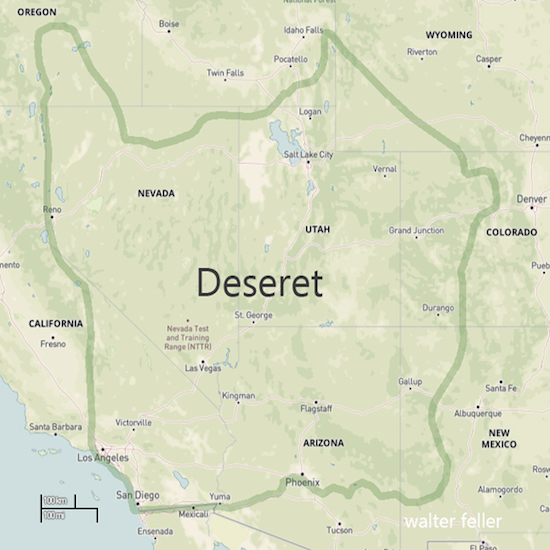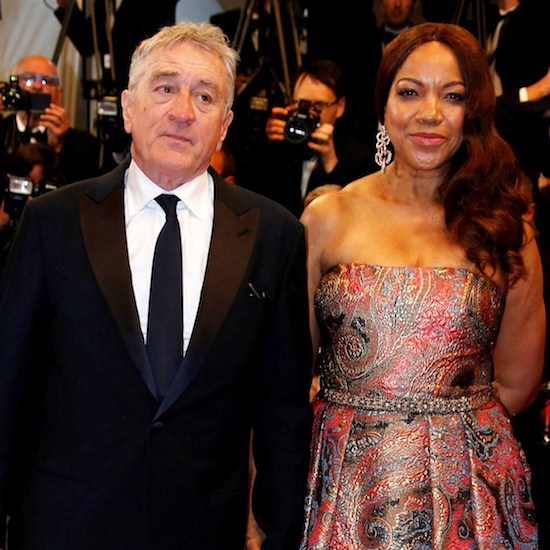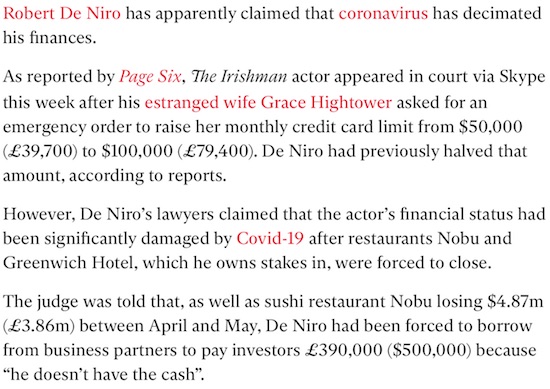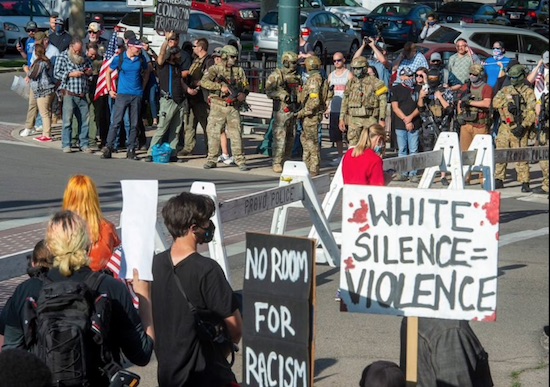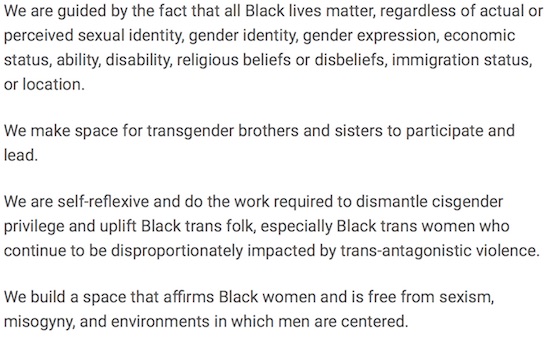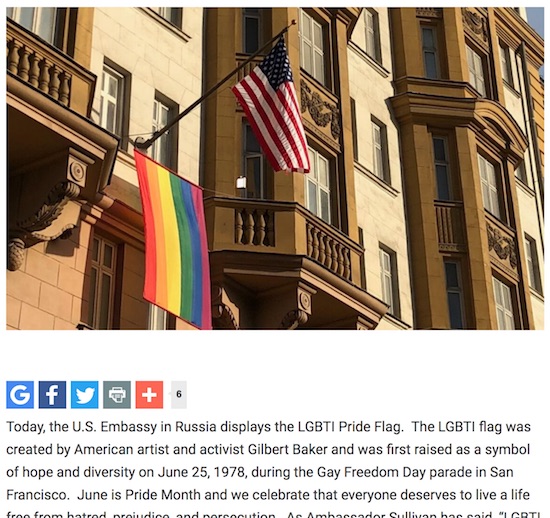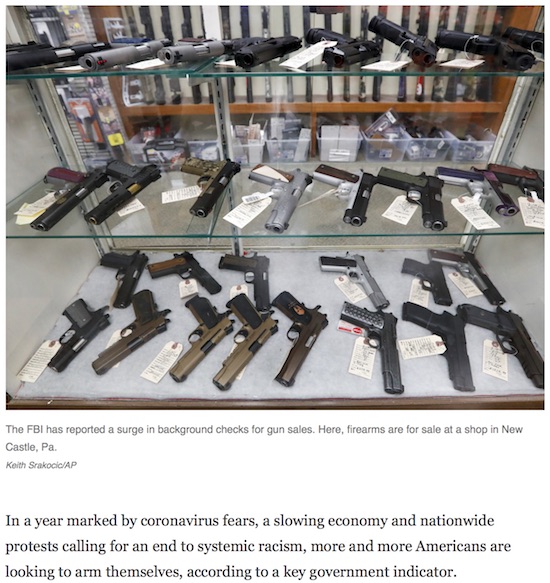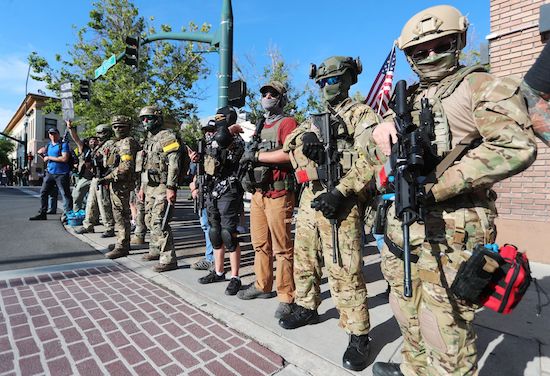
The Saiga/Izmash select-fire AK-74M
Conversations in email have been fun in the past few days. Every weapon has its purists, and people find reasons to tout one weapon over another. Armalite v Kalashnikov strikes me as very similar to Beatles v Rolling Stones, as it boils down to subjective, emotional criteria as much as pragmatic or aesthetic qualities.
It also apparently surprises Americans to learn that Canadians like to shoot, and that Canadians could get hold of guns. It’s true that Canada doesn’t have anything corresponding to the “second amendment,” but Canada is full of weapons anyway. As an aside, if you find a Mormon, you’re almost certainly going to find some guns close by, regardless of the laws.
Weapons are only part of the package, and this leads me to what is the next phase in this series of our ongoing discussion about firearms. I’m going to explain why I bought an AR-15, and try to convince you that my reason was the correct one.
Down below, Daemon writes:
ARs had more reliability issues during their introduction to the Vietnam war, I think partly due to design and coordination issues. I would say things are better now. If you go that route, check out gunblue490’s youtube video on their maintenance.
I’m going that route, because there’s only that route available.
If all things were equal, I’d buy a new AK-74M rifle today, in totally legal semi-auto only. Just a few weeks ago, that is exactly what I assumed I would do. Unfortunately, things are not equal. There is a huge problem precluding the practicality of such a purchase, and it is one that is only going to get worse.
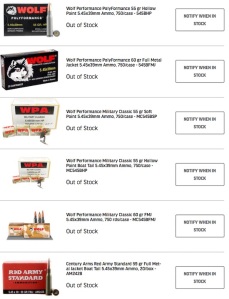
It makes no sense to buy a weapon if you can’t buy ammunition.
I bought my original AK-74M used. The original owner gave me the rifle, 14,000 rounds of 7N6 ammunition, and a Makarov 9x18mm pistol, all for 800 dollars (about 650 US). Moving it all into storage was a big job that took me most of the weekend. I thought I had enough ammo to last me a lifetime, but it was all gone in only a couple of years.
Ammo is a big deal for other reasons. I’ll let Che Guevara tell you…
There are fundamental aspects to be studied: the armament, for example, and the manner of using this armament. The value of a tank, of an airplane in a fight of this type must be weighed. The arms of the enemy, his ammunition, his habits must be considered; because the principal source of provision for the guerrilla force is precisely in enemy armaments. If there is a possibility of choice, we should prefer the same type as that used by the enemy, since the greatest problem of the guerrilla band is the lack of ammunition, which the opponent must provide.
(Guerrilla Warfare, Ch. 2)
We are in an ammo shortage now because 200 million people came to the conclusion I reached: that it is going to be necessary to shift for myself in the future. Like Black Pill, I don’t think we are in the collapse yet. America can afford to bail itself out of this one. But when the collapse comes, it will look like what we are seeing right now. Supermarkets full of food and armed cops on call are the hallmarks of yesterday’s society, not tomorrow’s.
If we are to take Che Guevara seriously, we should look for weapons chambered to shoot the typical American calibre service weapons. It seems to me that a man in the United States is limited to:
- 9x19mm
- 5.56x45mm
- 7.62x51mm
These are the rounds that are made in huge quantities by all the big factories. Within the calibres, there are also a wide variety of different weights and types of ammo.
A couple of quick notes before I open this up to discussion.

Kalashnikov USA makes a 9mm rifle.
9x19mm is commonly called luger and parabellum. There is a 9mm NATO round, which is exactly the same size as a 9x19mm round, but is loaded a bit hotter. Modern firearms have no problem handling this ammo. I have 9mm handguns made by Sig Sauer and Glock, and I fire 9mm NATO and 9×19 interchangeably. There is also a 9mm +P designation for ammo which is hotter still. I don’t regularly use overpowered ammo, but I have shot it through both of my handguns in the past, and aside from being noisier, I haven’t had a problem.
Overpowered “+P” ammo is generally found in expensive self-defense rounds, so shooting this stuff for target practice doesn’t really make sense.
There are a number of different rounds which are generically called “9mm”. The only handgun I owned in Canada was a Makarov, chambered in 9x18mm.
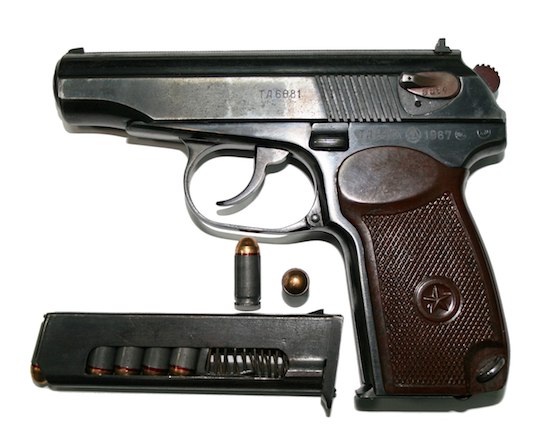
I miss my Makarov
There’s also a 9x17mm, known in the U.S. as .380 ACP.
One can shoot a .380 ACP round out of a Makarov pistol. The Soviets built them specifically to do this, because they saw a World War III scenario in which they overran Austria and Germany, and needed to use western ammo. Since the bullet itself is smaller, you likely lose a lot of accuracy and power, but I shot .380 and 9×18 interchangeably through my pistol, with no problems whatever.
It wouldn’t go the other way. Shooting 9×18 ammo through a .380 pistol would be a disaster. For all the same reasons, one could never shoot a 9x19mm round out of a Makarov. Even if he got it to chamber and fire, the bullet is 1mm too large to fit into the barrel, which means the weapon would be ruined and the shooter would likely hurt himself.
For a table of all the dozens of other variations of 9mm ammunition, you can go here.
I like the 9x19mm calibre, but I can’t imagine having an effective range (even in a rifle) of more than 50 metres.
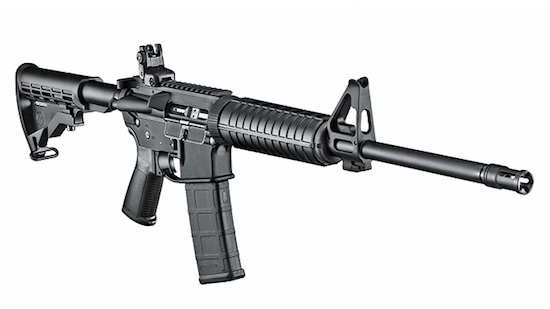
5.56x45mm is what the AR-15 and its variants typically shoot. It’s a relatively small bullet with high velocity and a flat trajectory. The ballistics of the round are very similar to the 5.45x39mm I shot through my AK-74, which was another reason I felt comfortable opting for this rifle.
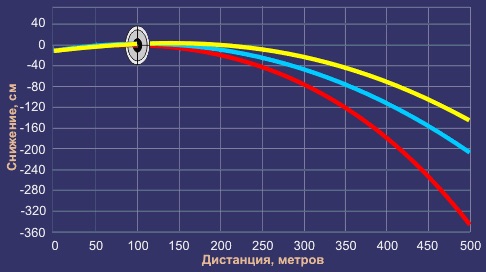
5.56×45 (Yellow), 5.45×39 (Blue), 7.62×39 (Red)
There are a great variety of different things to take into account about this calibre. For one thing, the 5.56 round is externally identical to a .223 Remington, but the 5.56 round is loaded a bit hotter, thus it is apparently unsafe to fire 5.56 through a chamber and barrel which is stamped .223.
At least as disastrous is the addition of 300 AAC Blackout, which is a calibre of ammo which was designed to be loaded, chambered, and fired by an AR-15, but which requires a much larger barrel. I don’t want to think about the result of mixing up ammo on range day.
Down below, Honeycomb suggested something called .223 Wylde. This is a standard which can accommodate both loads, and which is supposedly the choice of serious marksmen.
One drawback of this calibre is its legality for hunting. Oregon and California both allow a hunter to take a deer with 5.56, but if you go to Washington or Idaho, this is apparently a serious crime. My assumption is that these laws were made years ago, to prohibit people from wounding large animals with .22 rimfire ammo, but they’re still on the books and depending upon where you live, you may need a larger calibre if you want to feed yourself (within the bounds of the law).
I can’t imagine being able to hit anything with this calibre past 400 metres, even with a scope, but there are plenty of marksman stories.

7.62x51mm ammunition is commonly used for deer hunting. When I would go shooting my AK-74, I commonly took a guy who shot his FN-FAL. His rifle didn’t have cool wood furniture, and it had a retractable carry handle on top of it, but otherwise that’s as I remember it.
I am not familiar with this calibre, other than those distant memories, but the times I shot it, it certainly made an impression. If I ever wanted to kill the hell out of someone, this calibre would be my first choice. All the other weapons I’ve been discussing are mere pea-shooters in comparison.
This calibre has the typical ambiguity of all the others I’ve mentioned, in that it is identical to something called .308 Winchester… but the .308 round is loaded hotter. If your weapon is chambered 7.62×51, you apparently will get into trouble shooting .308 rounds out of it.

